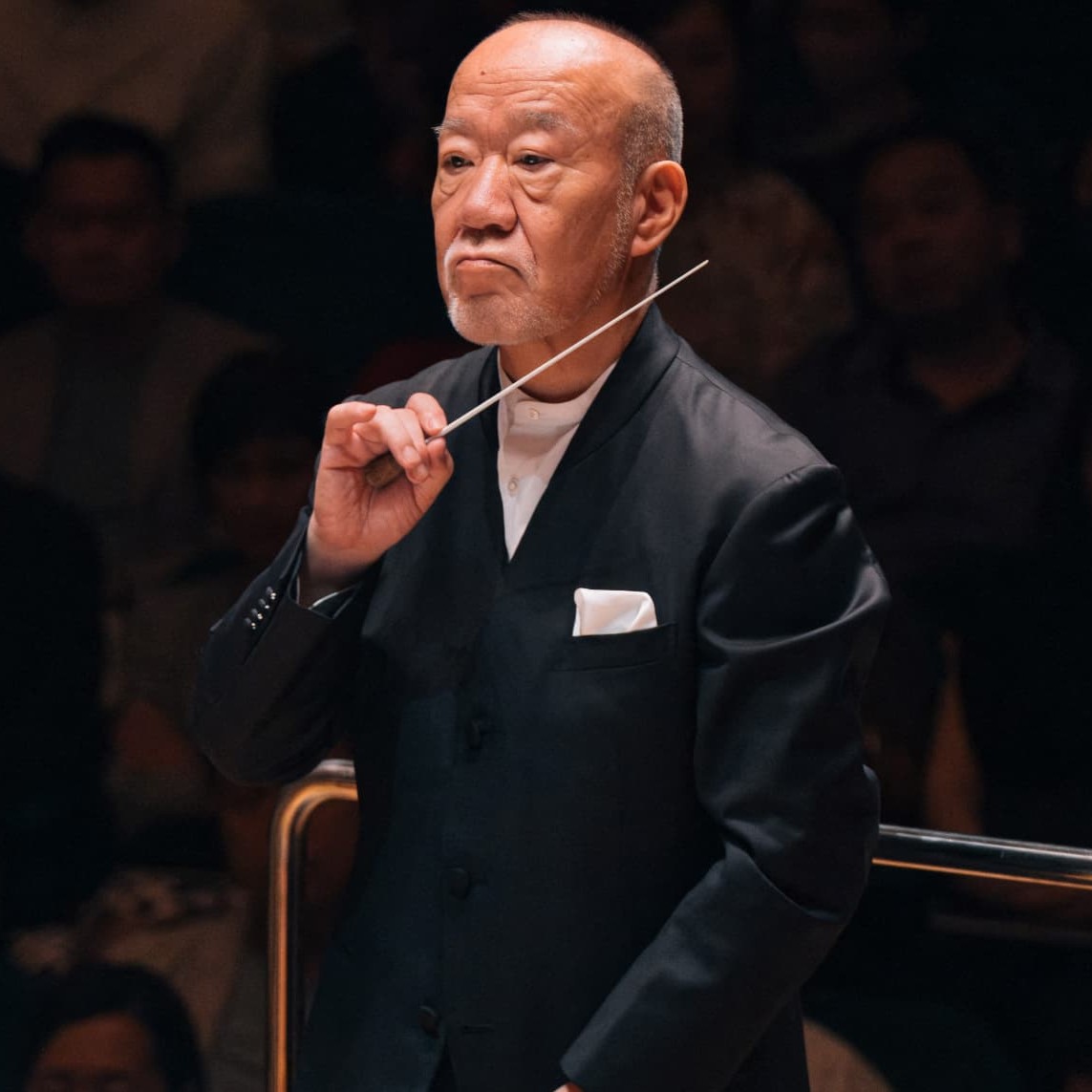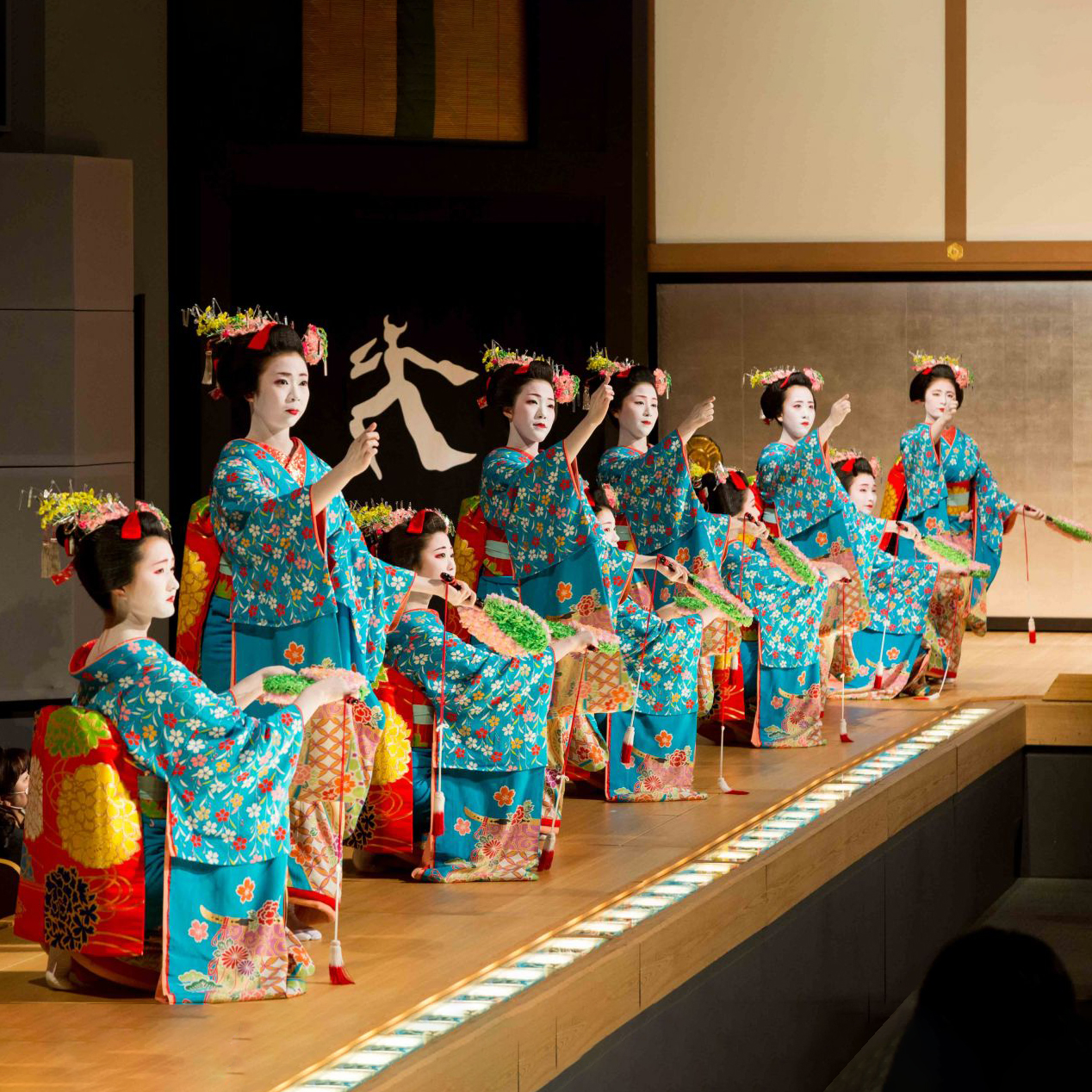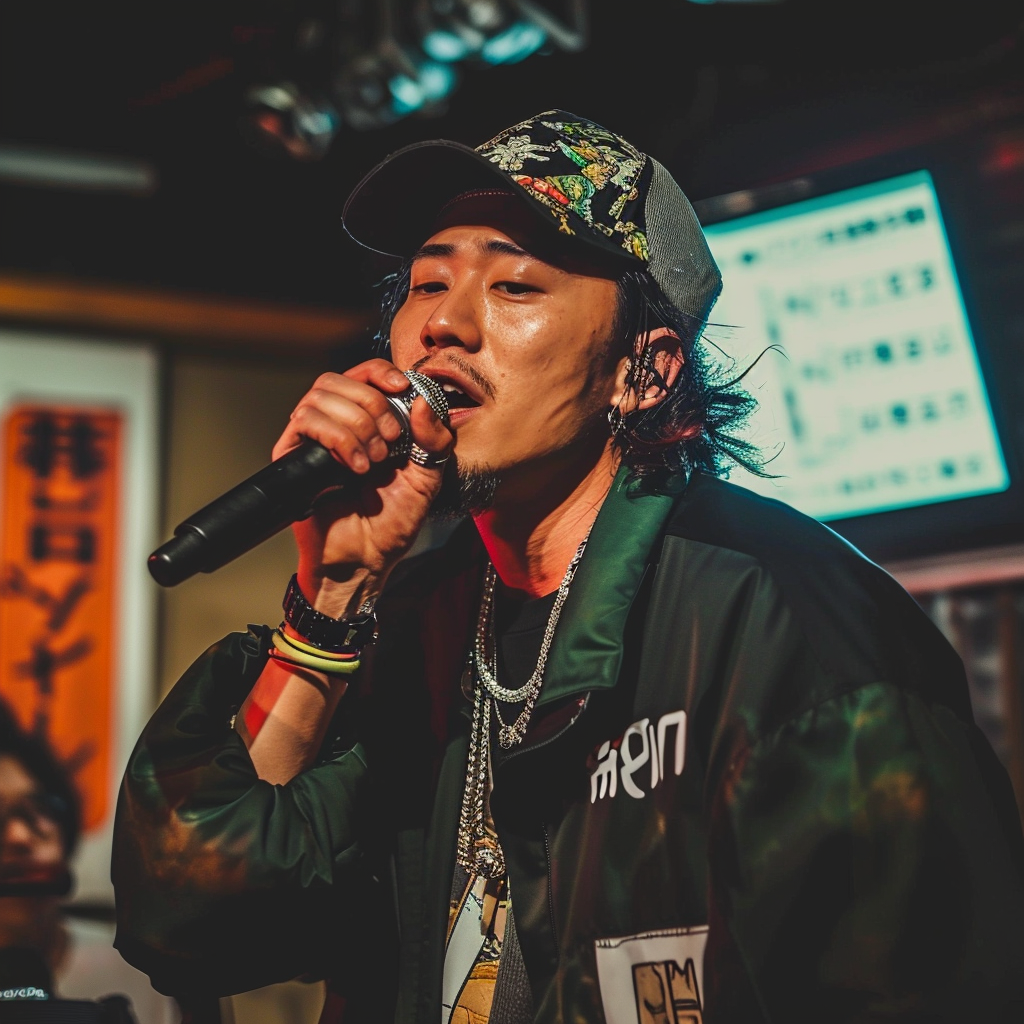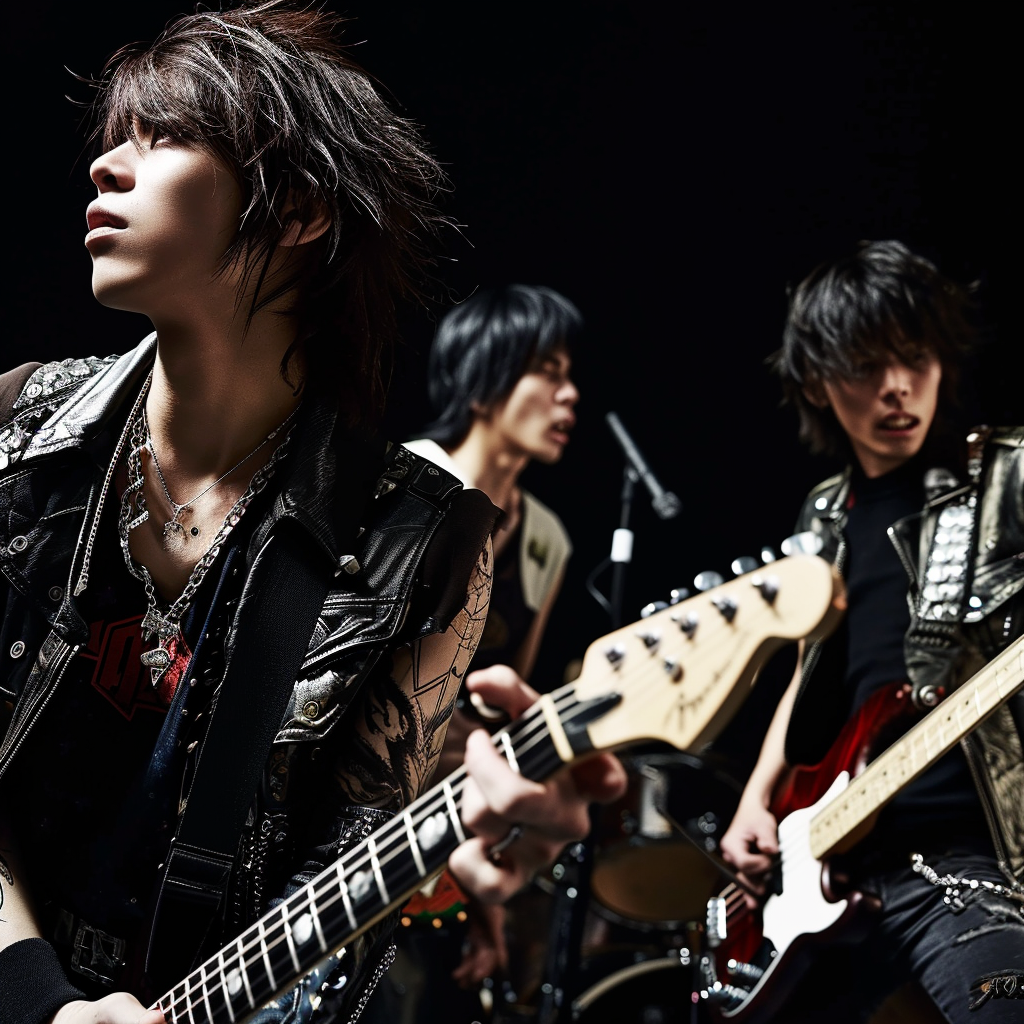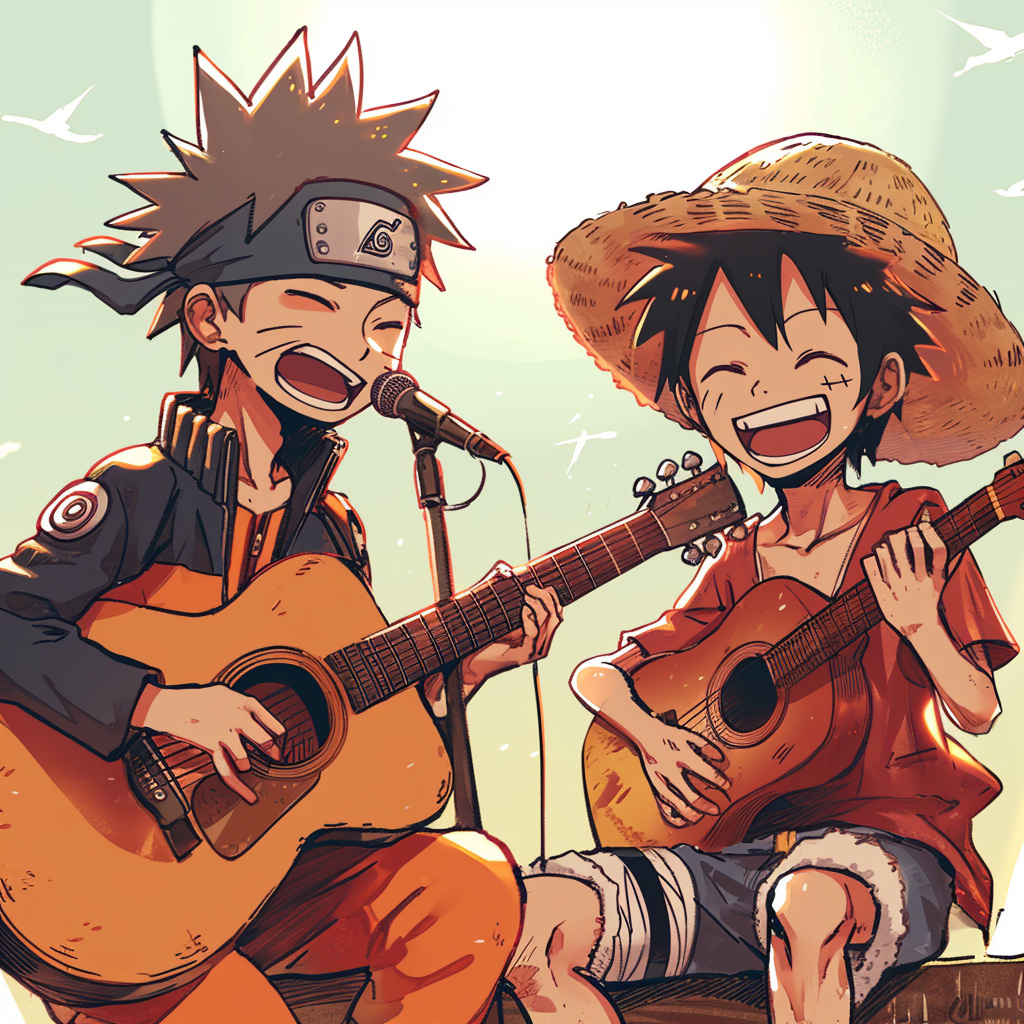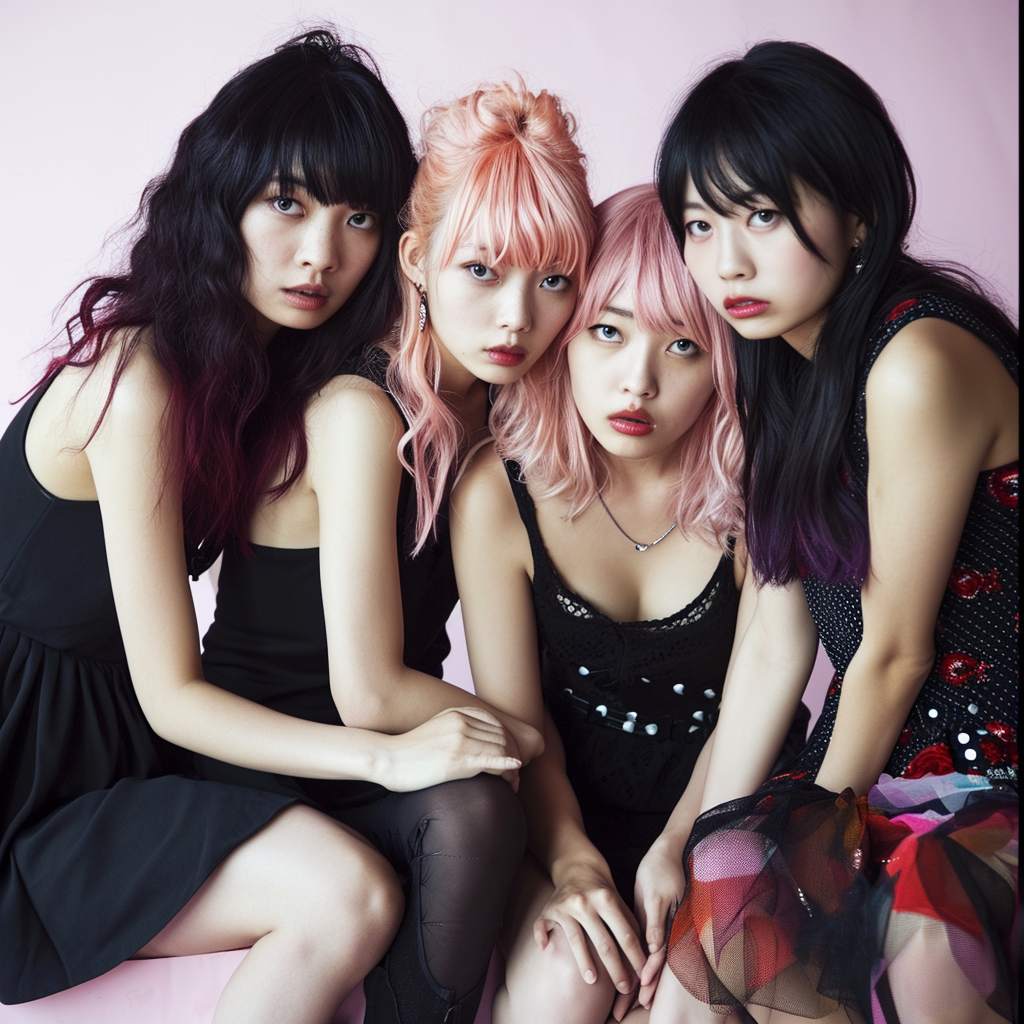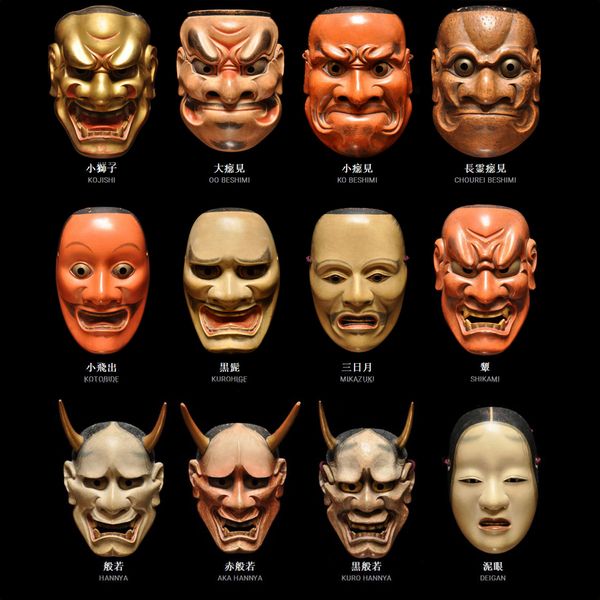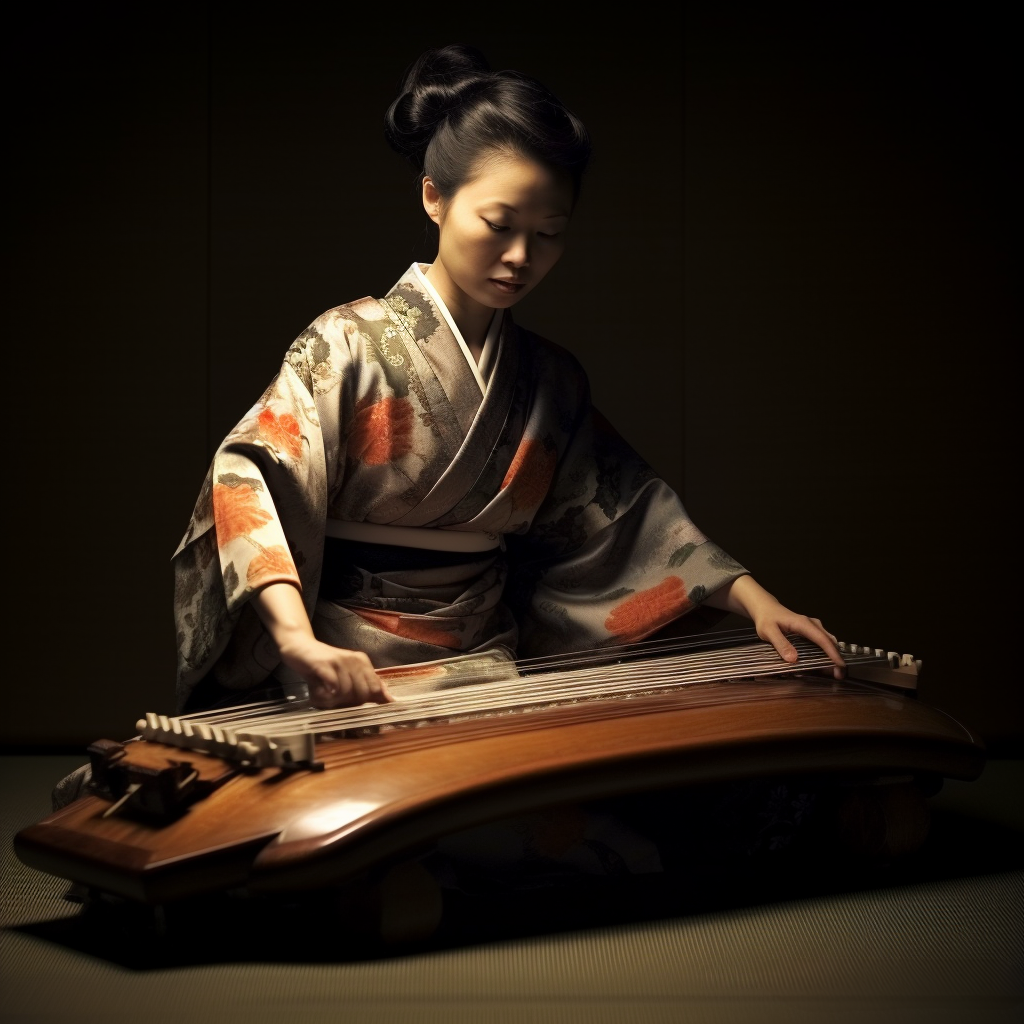Harmonies in Motion: An In-Depth Journey into Japanese Dance, Music and Theater
Dance in Japan :
History of Japanese Dance :
Traditional Japanese dance has deep roots dating back to ancient times, often associated with religious rituals and festivals. Over time, the dance evolved to include forms such as Kagura, a ritual dance dedicated to Shinto deities. Nihon Buyo, a form of theatrical dance, also emerged and evolved through the ages.
Japanese Dance Styles :
Nihon Buyo : Characterized by elegant movements and traditional costumes, Nihon Buyo is divided into different styles, including Kabuki Buyo (kabuki dance) and Minyo Buyo (folk dance).
Butoh : Appearing in the 1950s, Butoh is a contemporary dance form that explores dark themes and expressive movements. Hijikata Tatsumi and Kazuo Ohno are pioneering figures of this style.
Japanese Contemporary : Modern choreographers like Saburo Teshigawara have contributed to the evolution of contemporary dance in Japan, fusing traditional elements with avant-garde artistic expressions.
Celebrities of Japanese Dance :
Hikari Ōta : A renowned Nihon Buyo dancer, Hikari Ōta has gained popularity for her technical mastery and ability to convey emotions through her performances.
Kazuo Ohno : Co-founder of Butoh, Kazuo Ohno influenced the world of dance with his fluid and expressive movements.
Music in Japan:
History of Japanese Music :
Traditional Japanese music dates back to the ancient imperial court, where Gagaku, a form of court music, was practiced. Over the centuries, instruments such as the shamisen, koto and shakuhachi have been incorporated, creating a rich palette of sound.
Japanese Music Styles :
Gagaku : Ancient court music, characterized by instruments such as the biwa, shō and ryuteki.
Enka : A genre of Japanese popular music, often centered on nostalgic and melancholic themes, performed with passion.
J-Pop and J-Rock : Modern genres that have taken the global music scene by storm, with artists like Hikaru Utada and X Japan.
Celebrities of Japanese Music :
Hibari Misora : Nicknamed the “Queen of Song,” Hibari Misora dominated the enchanting enka scene with her powerful voice.
Yoshiki : Leader of the iconic group X Japan, Yoshiki redefined J-Rock and influenced many artists around the world.
Theater in Japan :
History of Japanese Theater :
Traditional Japanese theater is a rich combination of Noh, Kabuki and Kyōgen. Noh, which appeared in the 14th century, is a ritual theater characterized by masks and stylized gestures. Kabuki, born in the 17th century, is more popular, featuring flamboyant and expressive performances.
Japanese Theater Styles :
Noh : Dramatic theater with ritual elements, using expressive masks and sumptuous costumes.
Kabuki : A more popular theater, famous for its male actors playing female roles, exaggerated gestures and extravagant settings.
Kyōgen : A style of theatrical comedy often presented as a complement to Noh, characterized by humorous dialogue and light-hearted storylines.
Celebrities of Japanese Theater :
Ichikawa Danjūrō I : Considered the founder of Kabuki, Ichikawa Danjūrō I left a lasting legacy in the world of Japanese theater.
Zeami Motokiyo : A key figure in the history of Noh, Zeami Motokiyo was an actor, playwright and theorist whose works continue to influence the Japanese theater scene.
Japanese dance, music and theater are artistic expressions that embody the cultural richness and creative diversity of Japan throughout the centuries. From tradition to innovation, these art forms continue to captivate and inspire both nationally and internationally.
Composer Joe Hisaishi: Portrait of a Musical Maestro
In the vast landscape of contemporary music, few names command as much fascination and respect as that of Joe Hisaishi. Renowned Japanese composer, Joe Hisaishi…
Miyako Odori, dance show in Kyoto
Miyako Odori is a traditional Japanese dance performance that takes place every year in Kyoto, Japan. The Miyako Odori Executive Committee organizes this show. This…
Bunraku Theater: Between Puppets, Music and Narration
Bunraku theater, also known as Ningyō Jōruri in Japan, is a traditional art form that skillfully combines puppet manipulation, live music, and storytelling. Originating in…
Noh Masks: The Art of Japanese Theatrical Expression
Noh masks are an essential component of Japanese Noh theater. Indeed, they represent a captivating world of artistic expressions and cultural traditions. These masks can…
The J-Rap and R’n’B: Globalization of Popular Culture
The J-Rap (Japanese rap) and Japanese R’n’B have gained popularity over the years. They have become distinct musical genres in Japan. These musical styles have…
The J-Rock: Sound Diversity and Global Impact
J-Rock, short for “Japanese Rock”, is a musical genre that emerged in Japan in the late 1970s. With deep roots in Western rock, J-Rock has…
Anime Music: The Magic of a Symphony
Anime music, often underappreciated, plays a vital role in the immersive experience of Japanese animated works. This form of musical expression transcends linguistic boundaries. It…
The Evolution of J-Pop: Tradition and Modernity
J-Pop, short for Japanese Pop, is a Japanese music genre that has taken the world by storm with its vibrant energy, catchy melodies and charismatic…
Japanese Noh Theater : Magic, Masks and Spiritual Heritage
Nō theater, also known as Nōgaku, is a traditional form of Japanese theater that emerged in the 14th century and continues to fascinate audiences with…
Discover the richness and beauty of traditional Japanese music
Traditional Japanese music is a cultural treasure that embodies the very essence of Japan’s history and soul. With its unique sounds, traditional instruments and distinct…

